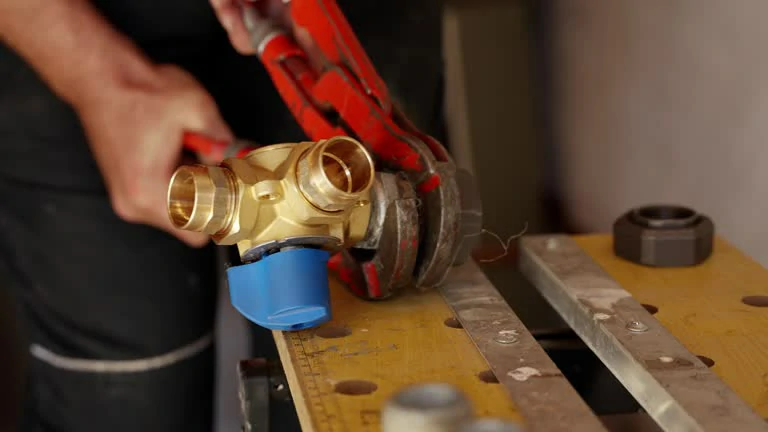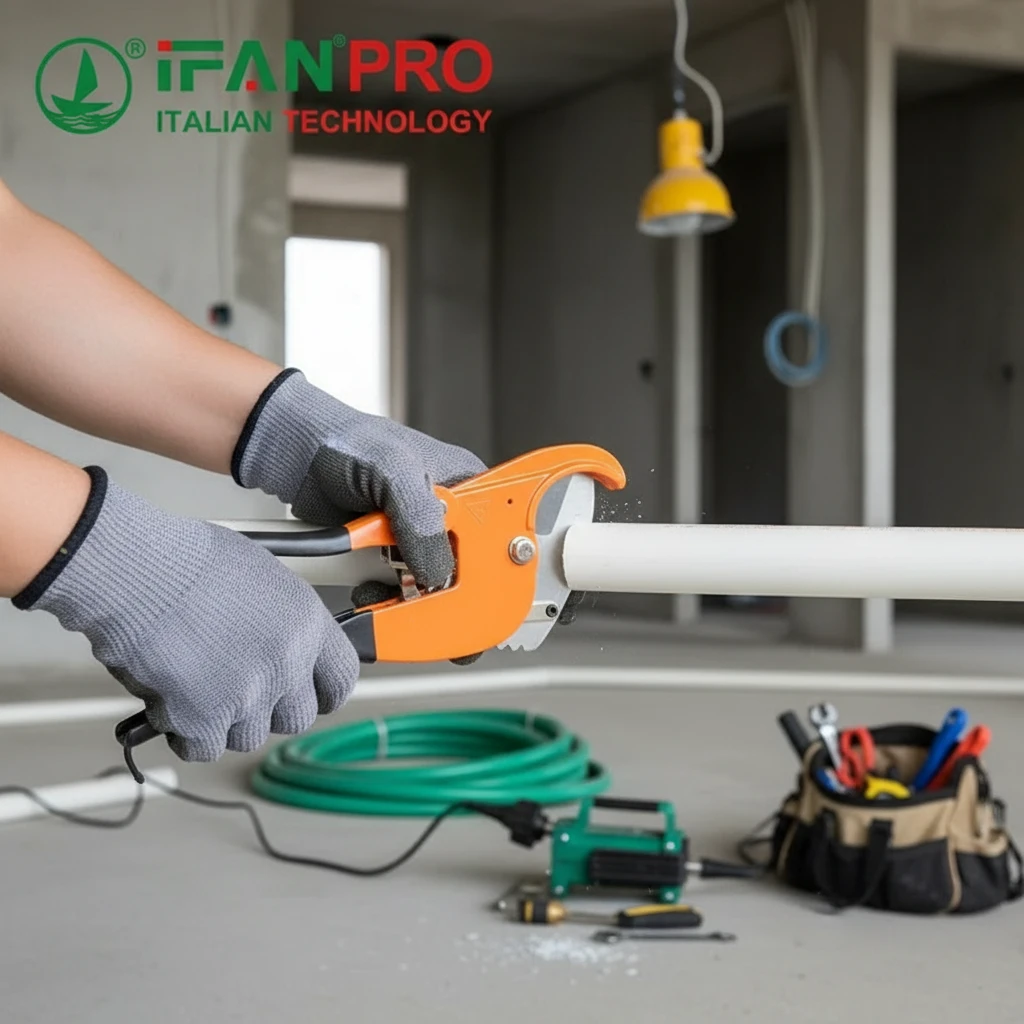Introduction to Brass Connectors
Brass connectors are vital components in many industries, offering durability, corrosion resistance, and flexibility. From plumbing systems to electronics, these connectors provide reliable solutions for joining various materials. The fine craftsmanship behind brass connectors, from design to production, ensures they meet high-performance standards. This article explores the intricacies of brass connectors, highlighting their design, manufacturing, and broad range of applications.
The Strength of Brass as a Material
Brass, an alloy made from copper and zinc, is a versatile material. It combines the strength of copper with the corrosion resistance of zinc, making it ideal for harsh environments. Brass connectors are widely used in applications requiring high durability, such as plumbing, automotive, and electrical systems. Unlike other metals, brass maintains its structural integrity under high pressure and temperature. This quality makes it a favorite for professionals who need reliable and long-lasting connectors.
Precision in Brass Connector Design
Designing brass connectors requires attention to detail. Engineers focus on creating connectors that withstand various stresses while maintaining a secure connection. Brass connectors come in different shapes and sizes, depending on their intended use. For example, threaded connectors are designed for pipes, while push-to-connect types are common in pneumatic systems. Each design must account for the material’s properties, ensuring that the connector performs optimally in its designated application. The design phase also involves selecting the correct brass alloy composition to enhance specific performance features, such as tensile strength or malleability.
The Manufacturing Process of Brass Connectors
Producing brass connectors involves several precise steps. The manufacturing process starts with casting, where molten brass is poured into molds to create the initial shape. Once cooled, the connectors undergo machining, where they are cut, drilled, and threaded to meet exact specifications. Advanced computer-controlled machines ensure that each connector is manufactured with high precision. Quality control is crucial throughout production, with each piece being tested for strength, accuracy, and overall quality. This level of craftsmanship ensures that the connectors will perform under the most demanding conditions.
Applications of Brass Connectors
Brass connectors are versatile and used in many industries. In plumbing, they connect pipes and fixtures in both residential and industrial settings. The corrosion resistance of brass makes it perfect for handling water and other fluids. In the automotive industry, brass connectors are used in fuel systems, brake lines, and air conditioning units due to their strength and reliability. In electrical systems, brass connectors facilitate efficient conduction and maintain safety standards. Their ability to form secure connections ensures they are vital in industrial settings, such as factories, where large-scale systems depend on durable and leak-proof connectors.
Advantages of Brass Connectors Over Other Materials
Brass connectors offer distinct advantages over alternatives like plastic, steel, or aluminum. Firstly, their resistance to corrosion ensures long-term performance in wet or chemical-laden environments, unlike steel, which can rust. Brass is also more durable than plastic, capable of withstanding higher pressures and temperatures without warping. Additionally, brass has superior electrical conductivity compared to other metals, making it a preferred choice for electrical connectors. The alloy’s malleability allows it to be shaped into complex designs while maintaining structural strength, adding to its versatility in various applications.
Environmental Impact and Sustainability of Brass Connectors
Brass is a highly recyclable material, which contributes to its environmental sustainability. The ability to recycle brass without losing its properties makes it an environmentally friendly choice for manufacturers. Many industries are adopting brass for its eco-friendly nature, reducing their carbon footprint. Additionally, the longevity of brass connectors means fewer replacements are needed over time, reducing waste. Manufacturers are continually improving production processes to minimize energy consumption and material waste, making brass connectors an increasingly sustainable option in the modern industrial landscape.
Challenges in Brass Connector Production
Despite their advantages, manufacturing brass connectors poses certain challenges. Brass is a dense metal, and machining it requires precision tools and techniques to avoid damaging the material. Temperature control is also critical during production, as overheating can weaken the alloy. Another challenge is ensuring uniform quality across large production batches. To overcome these challenges, manufacturers employ state-of-the-art machinery and strict quality control protocols. Technological advancements have improved the efficiency of brass connector production, ensuring that each piece meets high standards for performance and durability.
Future Trends in Brass Connector Craftsmanship
The future of brass connector production is focused on innovation and efficiency. Manufacturers are exploring ways to integrate smart technologies into brass connectors, such as sensors for real-time monitoring in industrial systems. Advances in metallurgy are leading to the development of new brass alloys with enhanced properties, such as increased corrosion resistance or higher tensile strength. Additionally, the use of computer-aided design (CAD) and 3D printing is revolutionizing the design and prototyping stages, allowing for quicker and more precise development of new connector models. The fine craftsmanship behind brass connectors will continue to evolve, ensuring they remain a critical component across multiple industries.
In conclusion
brass connectors represent a blend of strength, durability, and precision craftsmanship. From their material properties to the detailed manufacturing process, these components are essential to a variety of industries. With innovations in design and production techniques, brass connectors will remain at the forefront of fluid and electrical connection technologies.
| Best brass fittings Manufacturers | ||
| Empresas | Sede/Ubicación | Año de fundación |
| IFAN | ZHEJIANG,CHINA | 1993 |
| RAKtherm | EAU | 1963 |
| REHAU | Muri bei Bern, Suiza | 1948 |
| POLOPLAST | Leonding, Austria | 1954 |
| ERA | ZHEJIANG,CHINA | 1983 |
| LESSO | GUANGDONG,CHINA | 1986 |
IFAN Products international standards
IFAN products strictly adhere to a comprehensive range of international standards, encompassing ISO 15874, EN 15874, ASTM F2389, DIN 8077/8078, GB/T 18742, NBR 15884, ISO 15494, EN ISO 15494, GB/T 19472, NBR 15494, ASTM 2846 (501), DIN 8079/8080 (502), ASTM F441/F441M SCH80 (503), DIN (504), DIN (505), GB/T 18993, AS/NZS 1477, CSA B137.6, NSF/ANSI 14, TIS 17-2532/1131-2535, BS 3505, BS 4346 (801), ASTM D1785 SCH40 (802), ASTM D1785 SCH80 (803), DIN (804), GB (805), GB (806), GB(901), DWV(902), ASTM D2665 (903), along with ASTM D2241, D2665, D2729, and F441/F441M series, ISO 1452, EN ISO 1452, DIN 8061/8062, GB/T 10002, AS/NZS 1477, JIS K6741, CSA B137.3, and other national and industry norms. They ensure that products, from piping systems to material properties, meet the highest international standards, including but not limited to ISO 4437, EN 1555, DIN 8074/8075, GB/T 13663, AS/NZS 4130, BS 5405, CSA B137.1, JIS B 8381, and specific material standards such as ASTM D3035, D3350, ISO 4427, EN 12201, JIS K6760, BS 6572. They also cover stainless steel piping (e.g., ASTM A312) and standards for specialized applications (e.g., GB-T12777-2019, ISO 10380-2012, ASTM F2623), comprehensively satisfying the stringent global demands for high-quality products.
Conectar
IFAN es un fabricante chino de tuberías, accesorios y válvulas de plástico con 30 años de experiencia. Si está interesado en IFAN accesorios de cobre, válvulas de cobre, tuberías y accesorios de plástico, póngase en contacto con nosotros. IFAN le ofrece una variedad de tuberías estándar para satisfacer sus necesidades específicas. Haga clic a continuación para obtener más información sobre la amplia gama de productos de válvulas y productos relacionados con sistemas de tuberías asequibles y rentables de IFAN.
Responderemos a su correo electrónico o fax en 24 horas.
Puede llamarnos en cualquier momento si tiene alguna duda sobre nuestra producción.
Para más información, visite nuestra página web https://ifanpro.com/
Pls Mailto: [email protected]
Whatsapp: + 86 19857948982














Comentarios recientes